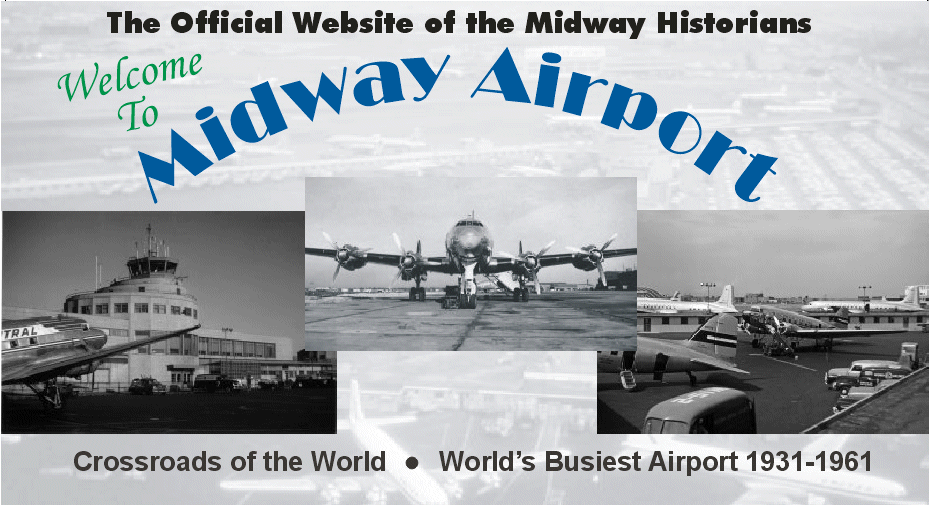David Kent, author, pilot and co-founder of the Midway Historians

Humor, Inaccuracy and Second Chances
Oftentimes a conversation with friends, acquaintances or loved ones turns to airplanes and aviation. And, one thing almost never changes--when others learn of my being a pilot and flying "those little airplanes", someone invariably pipes up with trademark hesitation, then says something to the effect that "those things are dangerous." Then comes that naiively obtuse comment about my lack of good sense, as in, "That's just not very smart."
It's also a sure bet that someone will come right out with, "Those things generally crash a lot, don't they?" To which I reply, "Actually, no, they generally only crash once."
I say that only with the intention of lending a little humor to the otherwise morose but still fascinating subject of air crashes. Maybe it's a trusim that single engine aircraft and light twins generally have only one life, as do their pilots. Generally. However, when it comes to the piston-powered airliners of the 1930s, 1940s and 1950s, that is not always the case.
Oftentimes a conversation with friends, acquaintances or loved ones turns to airplanes and aviation. And, one thing almost never changes--when others learn of my being a pilot and flying "those little airplanes", someone invariably pipes up with trademark hesitation, then says something to the effect that "those things are dangerous." Then comes that naiively obtuse comment about my lack of good sense, as in, "That's just not very smart."
It's also a sure bet that someone will come right out with, "Those things generally crash a lot, don't they?" To which I reply, "Actually, no, they generally only crash once."
I say that only with the intention of lending a little humor to the otherwise morose but still fascinating subject of air crashes. Maybe it's a trusim that single engine aircraft and light twins generally have only one life, as do their pilots. Generally. However, when it comes to the piston-powered airliners of the 1930s, 1940s and 1950s, that is not always the case.

Retired TWA mechanic Jack Dusak tells the story of this L-1049 that smanged itself on the airport around 1960, I believe, and it's in all of the hangar shots taken of the Triple Nickel wreckage from September 1961, as well. The hull didn't take up all that much room in the East end of TWA's twin hangars on the North ramp; but does anyone know when the hulk was finally moved out of there? Also, was it ever mated to another cannibalized 1049? Jack left MDW in 1960, and our brother Historian, Bill Aitken, has flown West. Bill would certainly have known, and Charlie Feigel probably would have as well. But it would be an interesting piece of lore to find out the answer to that question. I'm kind of certain (not 100%) that Jack did say that half of the distinctive cabin artwork wound up in Atlanta with a former hostess, and that another section of it went to Kansas City, to the Airline History Museum (formerly Save-A-Connie). In a July 2012 conversation, retired TWA Captain Charles "Bud" Cushing recalled a set of L-1049 wings residing at another airport from another wreck. He remarked, "I always thought they could have mated those wings to that fuselage in Chicago and put a new tail on her, and she'd have flown again." I have a hunch that Midway's recip days ended before a decision was made to have the hull scrapped. But an even older aircraft did see a second life.
Another TWA Connie pranging occurred on Sunday, December 18, 1949, when NC86501, the "Star of the Persian Gulf", landed 3700 feet down Runway 13R after flying the ILS to minimums on a glum afternoon much like any other at MDW in December. Pilot Stanley M. "Toots" Kasper did his best to stop; however, the O-Four-Nine just kept hydroplaning down the remaining stretch of blacktop, ploughing over the Runway 31L concrete marker, through the airport boundary cyclone fence, taking out a decorative stone marker on the corner and ending its flight in the busy 63rd & Cicero intersection.
Another TWA Connie pranging occurred on Sunday, December 18, 1949, when NC86501, the "Star of the Persian Gulf", landed 3700 feet down Runway 13R after flying the ILS to minimums on a glum afternoon much like any other at MDW in December. Pilot Stanley M. "Toots" Kasper did his best to stop; however, the O-Four-Nine just kept hydroplaning down the remaining stretch of blacktop, ploughing over the Runway 31L concrete marker, through the airport boundary cyclone fence, taking out a decorative stone marker on the corner and ending its flight in the busy 63rd & Cicero intersection.

But a handful of years later, no one would've ever thought she'd been wrecked at all, save the insiders. With the 1952 change in TWA's paint scheme came N86501's as well. She'd been completely repaired and updated, and was flying the transcontinental route to SFO once again. I venture a guess that Capt. Kasper was just fine with that, too. Oh, and one other thing, she not only had a second life, she also acquired a better set of brakes, as most 049s likely did. TWA's 049s finally received reverse-pitch propellers as well. Midway probably presented a unique landing challenge to most of its four-engine traffic because of limited runway lengths (to which Midway Historian and retired American Airlines pilot Bob Zilinsky will attest), but a number of airliners that got busted were also repaired and served again.
Copyright ©2009-2020 The Midway Historians. All rights Reserved
